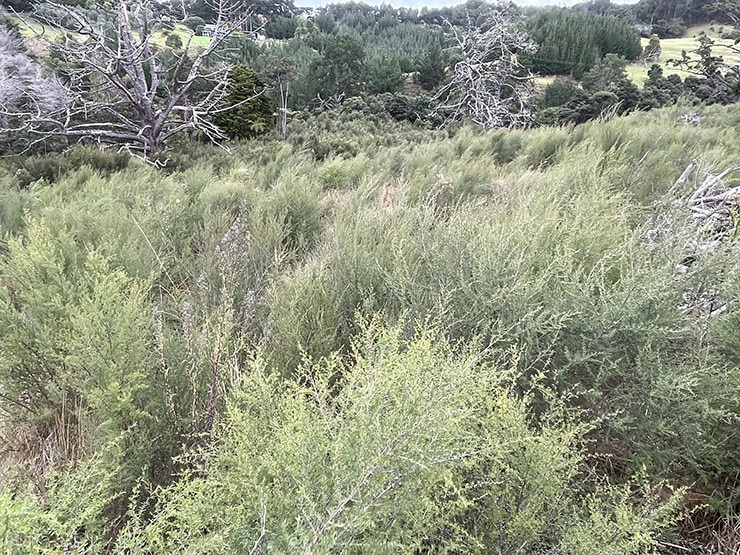By Myles Goodwin – Rural Subdivision Expert | Planning & Environmental Director Cato Bolam
This article discusses another common way of subdividing in the rural zones. If there is no available bush or wetland on your property, and you are looking to subdivide, the planting of native bush may be a way to do this. The rule in the Plan allows for a single new site when 5ha of native bush is planted, with up to three being possible from planting 15ha of bush.
There are restrictions in regard to where the planting can go. It cannot go on class 1 -3 soils (prime soils) and the planting needs to connect to an already significant area of bush or wetland that is either on your property, or on the boundary. This method of subdivision works well on larger titles (say over 20ha) where there is a smaller effect on the value of the balance land because of the new 5ha of covenant, but it also works very well for smaller sites where the new lot has a higher value.
The most common questions we get are about the costs and risks. For costs, planting is about $15,000 + GST per hectare of planting, so about $75,000 + GST for a 5ha area. Fencing and other costs to prepare the area for planting and maintain the plants are extra. However, costs are site dependant so quotes from nurseries are needed. Sites that need the most maintenance tend to be areas where plantation timber has been harvested, or areas where gorse was present. The easiest sites are those currently in grass, no matter how steep it is. Maintenance is usually only needed for the first two years as after that the plants are large enough to overtop most weeds, and many weeds, once shaded, will die off. Maintenance to address more shade tolerant weeds will be needed for a longer time.

Council will require a 90% survival rate at the time the planting is signed off to allow the creation of the new title. This is one year after the plants have been planted. It is very rare for plant losses to be higher than this, even in a severe drought. The bulk of the planting consists of manuka and kanuka, which if planted in winter and given a few months to grow roots, are extremely drought tolerant. Pest animals such as goats, pigs and deer can do substantial damage to some plants, and these animals will need to be controlled. We have been involved in many large-scale planting projects over the last 20 or more years and have never seen one fail. Therefore once consent is obtained, and the plants are planted, risks tend to be low. The photos show an ex-forestry area with three year old plants. In many places these are already touching and forming a ground cover.
It is important not to plant prior to Council approval as Council can potentially require any existing indigenous vegetation, potentially including planting, to be proposed for covenanting prior to the 5ha planting area being confirmed. For this reason it is also important to not let natural regeneration occur within an area to be planted, as areas of natural regeneration will be excluded from the area that can count towards the 5ha.

The process is generally a site visit to assess the proposed planting area and where the new title will go, followed by the preparation of a subdivision consent application to Council. Once consent issues, plants can be established, other consent conditions worked on and a year later the new title can be available.
Contact Myles Goodwin for an obligation free discussion via

